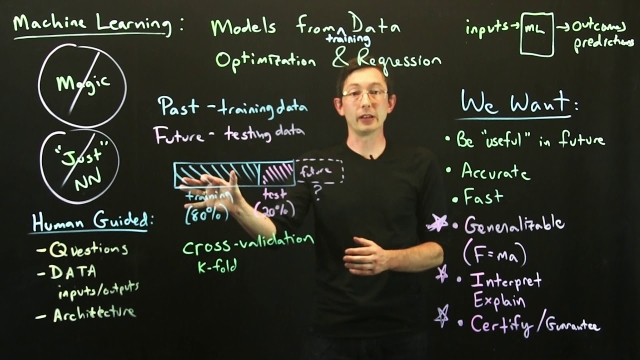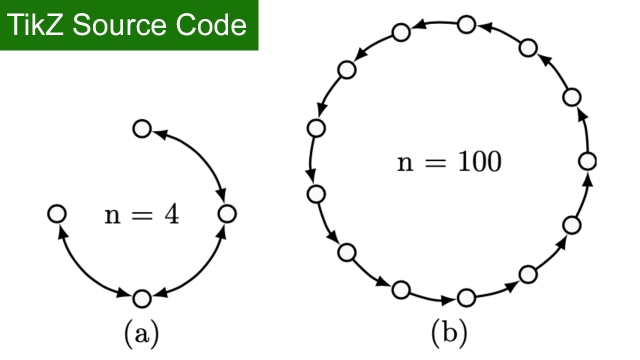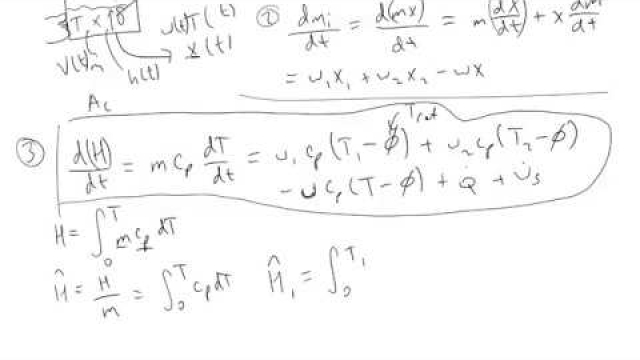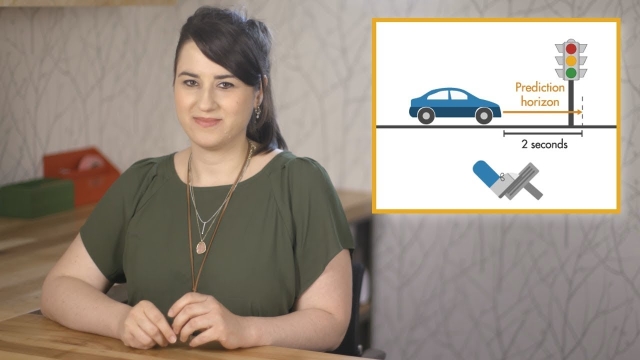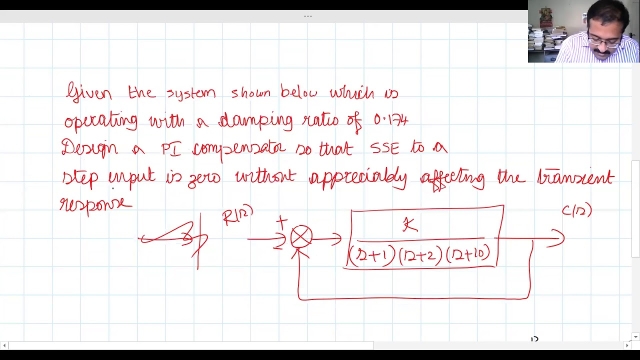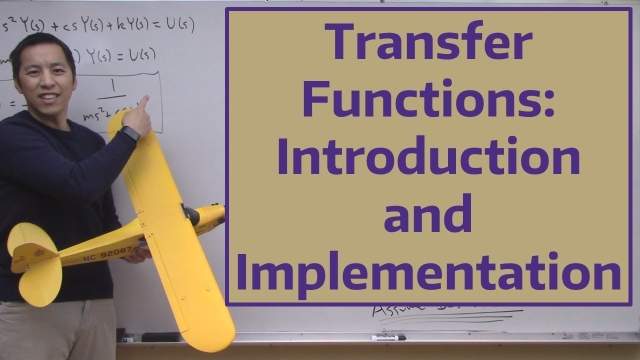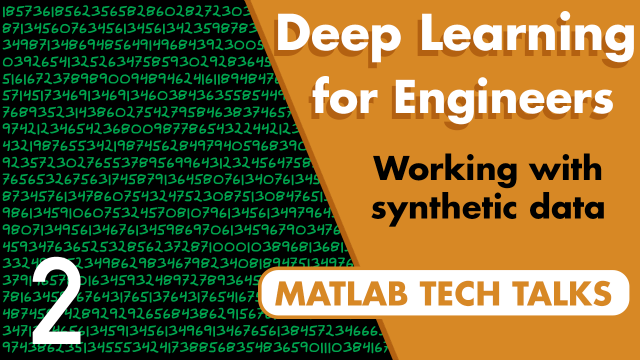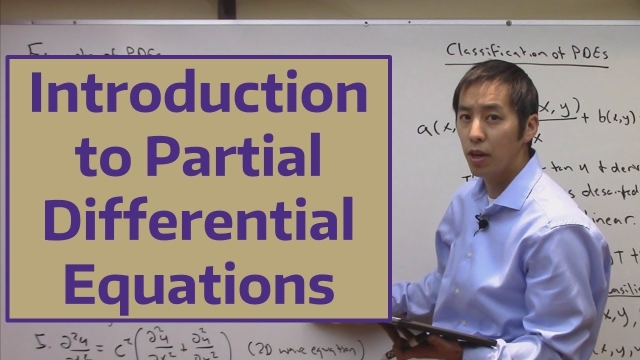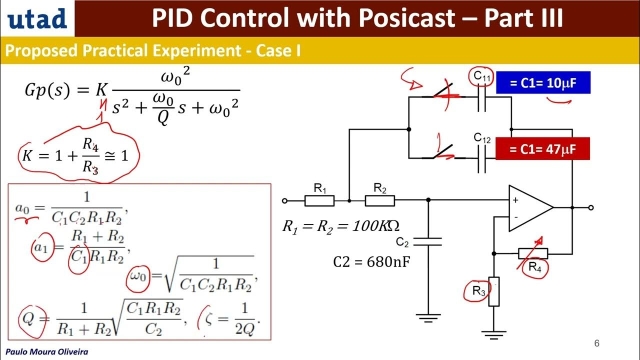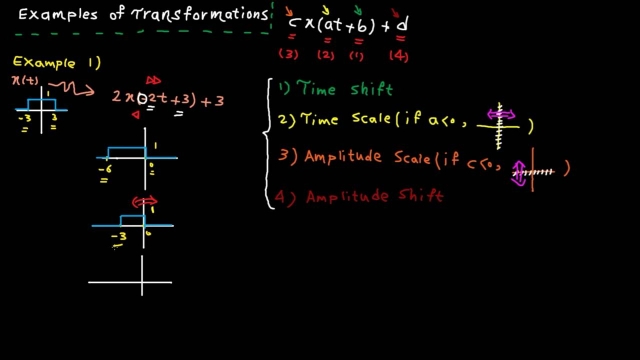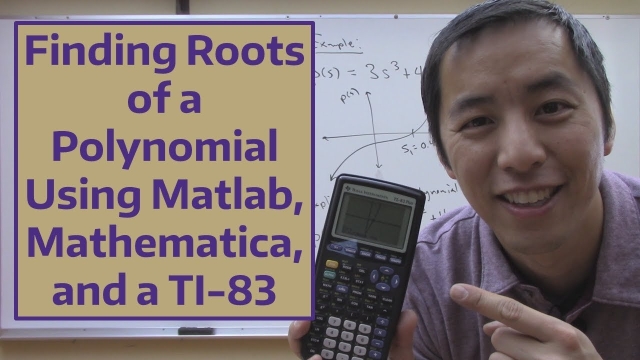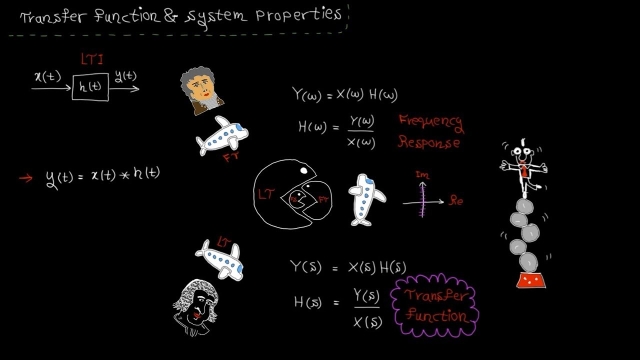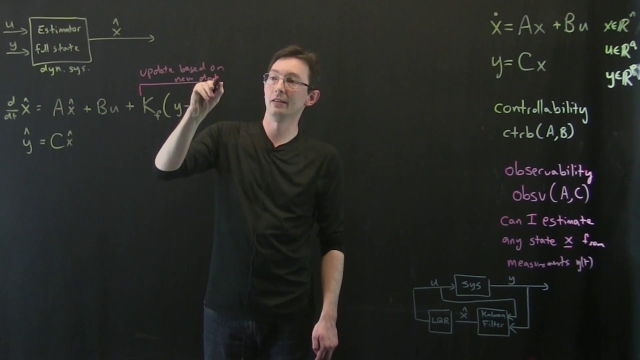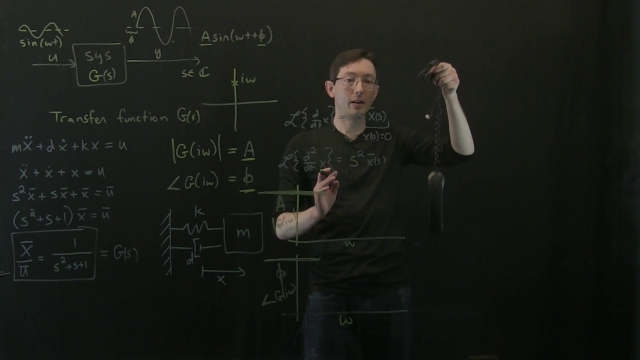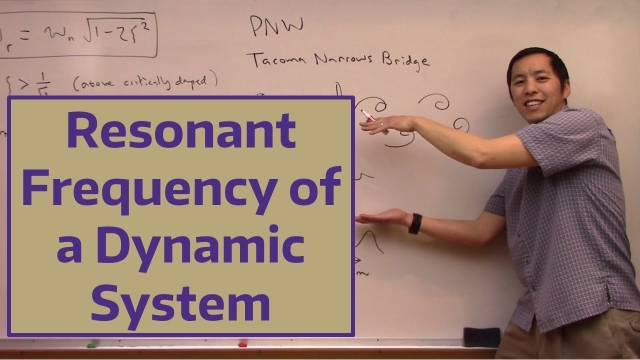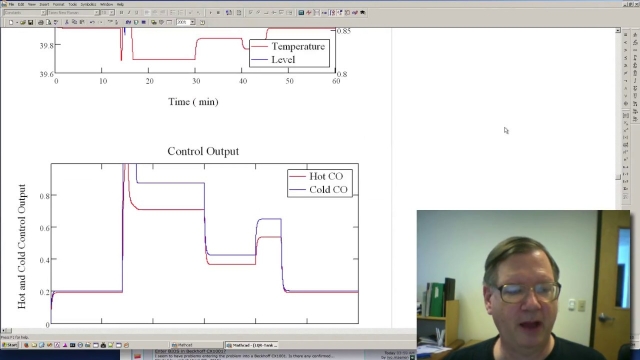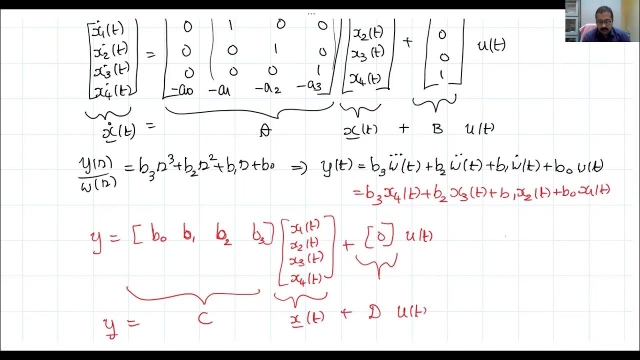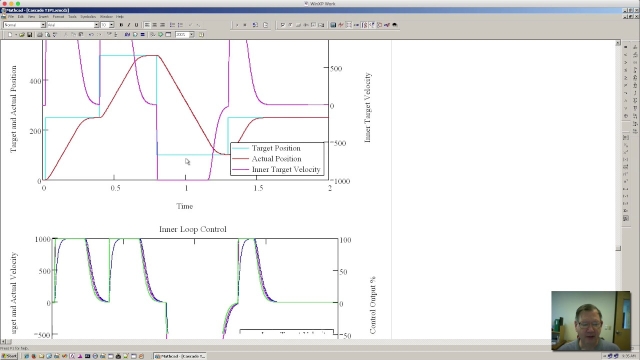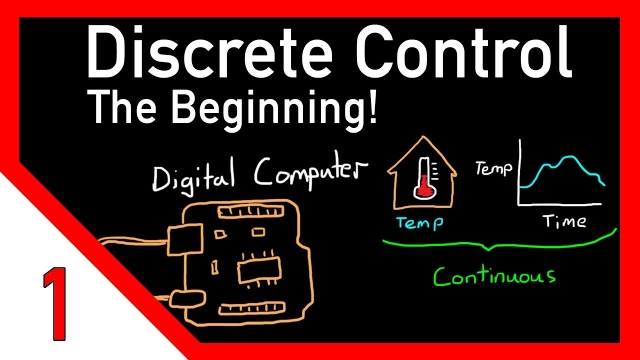
Particle Filter Explained without Equations
This video provides a quick graphical introduction to the particle filter. It does a good job building some intuition behind the filter without ever touching on any mathematics. It's worth a...
See MoreFourier Series and Gibbs Phenomena [Matlab]
This video will describe how to compute the Fourier Series in Matlab and Gibbs Phenomena that appear for discontinuous functions.
See MoreMachine Learning and Cross-Validation
This lecture discusses the importance of cross-validation to assess models obtained via machine learning.
See MoreTikZ source Code: Simulation Graph
TikZ source Code: Simulation Graph
See MoreProcess Control Introduction
An overview on state variables, inputs (manipulated and disturbance variables), outputs (measured state variables), and an example on the balance equations w...
See MoreUnderstanding Model Predictive Control, Part 3: MPC Design Parameters
To successfully control a system using an MPC controller, you need to carefully select its design parameters. This video provides recommendations for choosing the controller sample time...
See MoreIMC based PID Design for a First Order Process
IMC based PID Design for a First Order Process
See MoreLecture 18: PI and Lag Compensator Design using Root Locus
Transfer Functions: Introduction and Implementation
In this video we introduce transfer functions and show how they can be derived from a set of linear, ordinary differential equations. We also examine how to...
See MoreControl Bootcamp: Observability Example in Matlab (Part 2)
This video continues to explore observability in Matlab on the example system of an inverted pendulum on a cart. We look at the observability Gramian.
See MoreWorking with Synthetic Data | Deep Learning for Engineers, Part 2
This video covers the first step in deep learning: having access to data. Part of making the decision of whether deep learning is right for your project comes down to the type and amount of...
See MoreIntroduction to Partial Differential Equations
This is the first lesson in a multi-video discussion focused on partial differential equations (PDEs).In this video we introduce PDEs and compare them with o...
See MorePID Control with Posicast, 9 - (In English)
This is part III of PID control with Posicast
See MoreTime domain - tutorial 4: transformation examples
In this video, we solve examples to practice different signal transformations using a systematic approach. By the end of this lecture, you should be able to ...
See MoreSketching Root Locus Part 1
Sketching a root locus by hand can be done by following some simple rules. However, more important than actually being able to sketch to plot is being able to use our knowledge to design...
See MoreFinding Roots of a Polynomial Using Matlab, Mathematica, and a TI-83
In this video we show how to use Matlab and Mathematica to solve for roots of an arbitrary order polynomial. For fun, we also show how an old graphing calcu...
See MoreLaplace domain – tutorial 6: Transfer function & system properties
In this video, we learn about transfer function and system properties. The following materials are covered:1) what is a transfer function?2) relation between...
See MoreControl Bootcamp: Full-State Estimation
This video describes full-state estimation. An estimator dynamical system is constructed, and it is shown that the estimate converges to the true state. Further, the eigenvalues of the...
See MoreControl Bootcamp: Example Frequency Response (Bode Plot) for Spring-Mass-Da...
This video shows how to compute and interpret the Bode plot for a simple spring-mass-damper system.
See MoreResonant Frequency of a Dynamic System
In this video we discuss the resonant frequency of a dynamic system. We show how the resonant frequency, natural frequency, and damped natural frequency are...
See MoreLecture 10: Second Order Underdamped Systems: Unit step response and time do...
Peter Ponders PID - LQR Optimizing Two Outputs
Lecture 30: Canonical Forms
Peter Ponders PID - Cascade Control Part2
The inner loop pole locations and gains are calculated first so the inner loop pole locations are determined by the user. The outer loop poles are still pla...
See MoreDiscrete control #1: Introduction and overview
So far I have only addressed designing control systems using the frequency domain, and only with continuous systems. That is, we’ve been working in the S domain with transfer functions. We...
See More
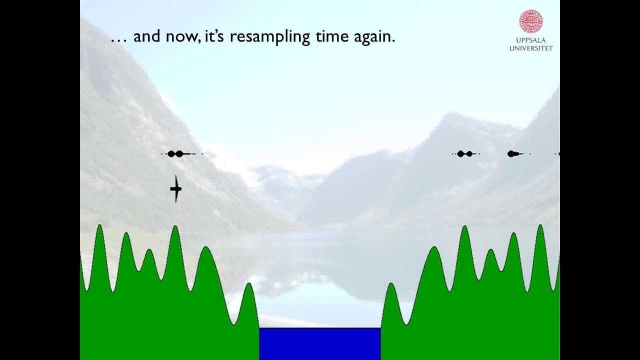
![Fourier Series and Gibbs Phenomena [Matlab] Fourier Series and Gibbs Phenomena [Matlab]](/sites/default/files/styles/search_resulkts/public/2020-12/maxresdefault_363.jpg?itok=YEl5oqig)
